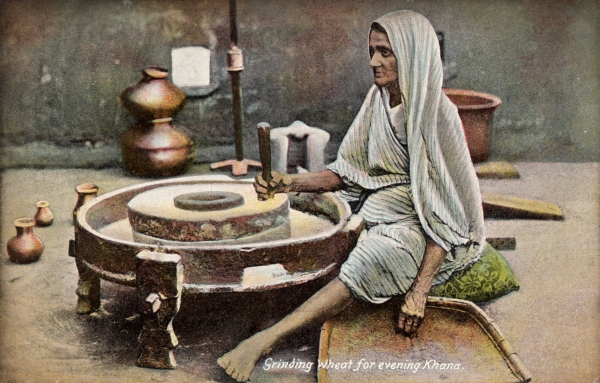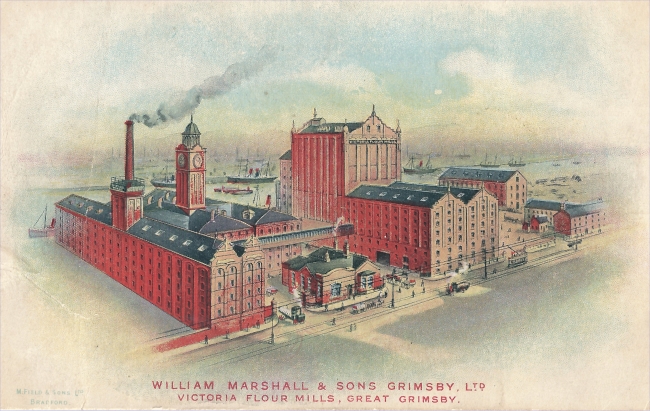Authors: Martin and Sue Watts

1: Introduction
2: Cereals and cultivation: Prehistory to the Romans
3: Cereals and cultivation: The early medieval period, c.AD500 to the present day
4: The first milling stones
5: The application of animal and water power: From the Mediterranean to Britain
6: Early medieval mills and milling
7: Medieval mills and milling
8: Post-medieval mills and milling, 1540-1750
9: Into the Industrial Age: Developments in wind and water power, 1750-1850
10: Roller milling: A gradual takeover
11: Roller milling: A modern industry
12: Stone milling: Survival and revival
13: Cereal products: Prehistory to the Romans
14: Cereal products: The early medieval period, c.AD500 to the present day
15: Windmills and watermills: Preservation and restoration
Introduction

Nearly 120 years ago Richard Bennett, director of the United Grain Elevator Co. Ltd, based in Liverpool, and secretary of the Corn Trade Guild, and John Elton, a journalist, wrote their four volume classic ‘History of Corn Milling’. The first two volumes, published in 1898 and 1899 respectively, covered what was then known of the history and development of corn milling from, as their titles imply, handstones, slave and cattle mills to watermills and windmills. Volume 3, published in 1900, discussed medieval feudal laws and customs and volume 4, published in 1901, looked at ‘some famous feudal mills’.
At the time Bennett and Elton were writing, roller milling was rapidly replacing traditional corn milling with millstones, and water and wind power were giving way to steam and electricity. As Bennett and Elton wrote in their preface to volume 1, corn milling had undergone a ‘vital revolution of processes which, within comparatively a few years, [had] placed the manufacture in the front rank of the scientific industries of the Victorian era’. Indeed volume 3 contains an appendix on steam and roller milling.

Over the course of the 20th century the technology of roller milling has itself advanced greatly and it is now a highly automated, computerised industry, a long way from the humble ‘handstones, slave and cattle mills’. Also, at the end of the 19th century, 90% of the wheat milled in Britain was imported. Today that figure is almost reversed and some 80-85% of our wheat is home grown.

Bennett and Elton described their work as ‘an attempt to collate the scattered muniments of the industry, ancient and modern, and frame them in intelligible form: eventually preparing the way, perhaps, for something better qualified to embody the theme’. While we do not claim that this will be ‘better qualified’, our knowledge and understanding of the past, like technology, has also advanced and we now feel, more than a century later, that the time is right to present a new history of corn milling.
Nevertheless, much of what Bennett and Elton recorded, particularly concerning contemporary ethnographic information, remains valid and this new history is a tribute to their work. Written largely from a British perspective, From Quern to Computer brings together the three core elements of corn milling: raw materials, milling technology and products.
As will be appreciated, the subject of corn milling is vast; Bennett and Elton, for example, devoted an entire volume to the history of five feudal mills. The chapters that follow, therefore, are not exhaustive but are intended as an introduction, taking the reader from the earliest cultivation of grain and the first hand mills through animal-driven mills, watermills and windmills to modern computerised roller mills and their roles in producing flour for our daily bread.

Sue and Martin Watts
September 2016
From Quern to Computer is a Heritage Lottery Fund supported project.

